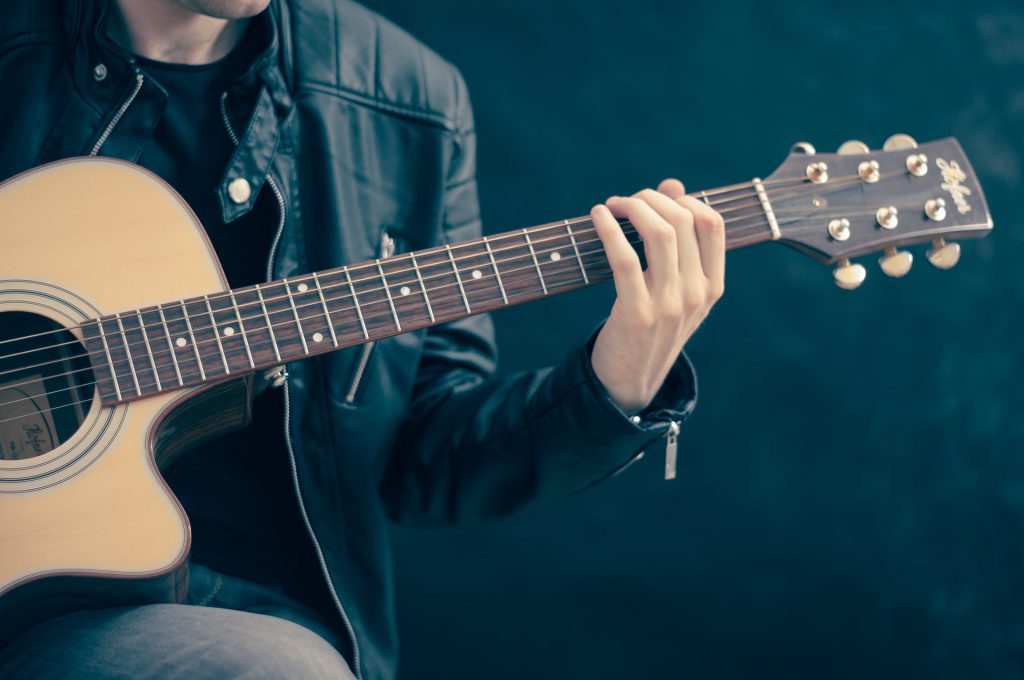About Us

Regardless of whether you’re a performer or simply a music sweetheart, playing your music excessively uproarious consistently can cause hearing related issues. For instance, in case you’re one of those individuals who like to cruise all over in a “blast car” with the music up to the max you ought to think about turning the music down a considerable amount. Those “blast train units” can create up to 130 decibels of sound, which is exceptionally close if not over the human hearing agony edge. A commonplace incentive for this edge of agony is 120 decibels. To place things into viewpoint, a delicate murmur is around 30 decibels while a train is around 100 decibels. The normal stage performance is around 120 decibels, which is directly at the torment limit. On an individual note, I wear earplugs to each show I go to as a safeguard, since delayed presentation to sound weight levels in abundance of the edge of torment can cause physical harm, conceivably prompting disability. It’s critical to remember that conference initiated misfortune is perpetual.
Hearing impedance is estimated by the measure of level of misfortune in what are called decibels (dB) hearing level (HL). Decibels resemble degrees of a thermometer. As temperature increments, so do the quantity of degrees. As the volume of sound increments, so do the quantity of decibels. A typical discussion will generally go somewhere in the range of 45 and 55 dB. A child crying falls around 60 dB and occupied midtown traffic can be practically agonizing at 90 dB. In the event that you can hear sounds somewhere in the range of 0 and 25 dB more often than not, your hearing is pretty ordinary and you in all likelihood needn’t bother with a guide, in spite of the fact that it could upgrade your capacities in certain circumstances. On the off chance that you just hear sounds over 25 dB HL, your misfortune might be mellow, moderate, or extreme. These terms will be examined in more detail in the following section.
Hearing misfortune can be fundamentally arranged in four different ways: mellow, moderate,severe, and hard of hearing. Gentle misfortune is viewed as a misfortune up to 40 decibels, which will typically prompt difficulty in hearing standard discussion. Moderate hearing misfortune is lost somewhere in the range of 40 and 60 decibels. This normally implies that voices must be raised for the weakened individual to hear them. Extreme misfortune, which is misfortune more than 60 decibels, would necessitate that individuals yell for the disabled individual to hear them. As per the World Health Organization, the expression “hard of hearing” should just be applied to people with hindrance so extreme that they can’t profit by sound enhancement or portable amplifier help.
Indeed, even the smallest loss of hearing can make life troublesome. Despite the fact that discussion is discernible at low frequencies which for the most part implies the more profound voices, it’s significantly more troublesome with more shrill voices. This is on the grounds that with average misfortune, the capacity to hear high sounds is the first to go, which implies it will be more enthusiastically to hear winged animals or ladies’ voices. As the issue compounds, the loss of the ease off volume gathering before long follows.
A significant issue with hearing misfortune is that 90% of the time the misfortune is so unpretentious and slow that individuals don’t generally see it until it’s past the point of no return and some misfortune has happened. Furthermore, artists probably experience the ill effects of hearing misfortune as well as have ringing in their ears and pitch-recognition issues, which may make them incidentally play a C sharp note rather than a straight C. A few artists, particularly the individuals who begin youthful, for example, musician, begin losing their hearing as ahead of schedule as the age of 10.
Numerous artists currently use ear screens to hold down the degrees of sound they ingest on the stage while performing, he said. These screens seem as though small portable amplifiers with wires appended to them and they empower every performer to exactly control how uproarious it is in their ear. Strangely, it has been discovered the artists who play old style music have a more noteworthy essentialness of hearing misfortune than do shake performers. This depends on the reality old style performers tend to play more shows, show a few hours every day, and afterward practice a few hours per day so by and large they put in a bigger number of hours than do shake artists.
